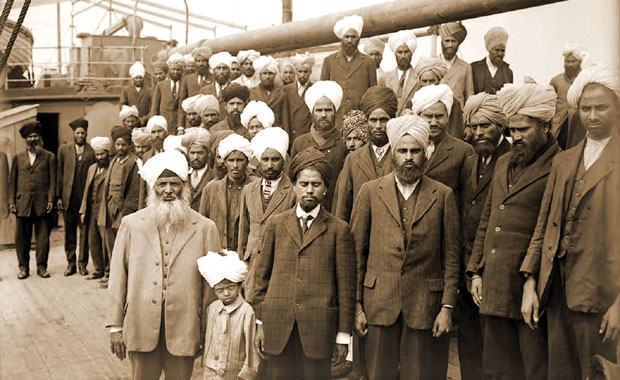Centenary of Komagata Maru Tragedy
The ship that changed the course of Indo-Canadian history
The immigration officials did not allow the passengers to land in Vancouver. Indians in Canada and the USA were outraged. The local Indians rallied in support of the passengers and organized protest meetings against the racist policy of the government. They formed a shore committee to help the passengers with food, provisions and legal challenges. The last installment for chartering the ship was due. Neither Gurdit Singh nor the passengers had money to pay. The shore committee organized a meeting of local Indians to raise funds for making installment payment and for legal fee and other expenses.
In 1913, 38 Sikhs who had come by Panama Maru ship, were refused immigration. They challenged the continuous journey law in the court and were allowed to stay in Canada. The Government amended the Immigration law in January 1914 to plug loopholes and face any challenges. The shore committee hired an attorney to fight a test case against Canadian government’s refusal to allow Komagata Maru passengers to land in Canada. Unfortunately, the Court gave a unanimous judgement that it had no authority to interfere with the decisions of the Department of Immigration and Colonization. Only 20 returning passengers, and the ship’s doctor and his family were given permission to leave the ship. All the other passengers were ordered to leave the Canadian waters. The passengers had endured incredible hardships on the ship for two months and refused to leave without provision for their journey back to India. The government brought a navy cruiser to intimidate the passengers into leaving. However, the last minute negotiations averted confrontation. On receipt of provisions for the return journey, Komagata Maru left the harbor on July 23, 1914. The action of the Canadian Government created bitterness, frustration and vengefulness among the passengers as also among Indians in Canada and the US.











Comments.